Starship Void Chaser
Related Articles
Starship Void Chaser(You are Here)
Crew of the Void Chaser
Void Chaser - Mission Record
Name
Abold
"What do the Vusinor call the ship? I call it storage space for my gun collection! But... "Xekunl Korjun" would be the proper Vusinor word for the Void Chaser."Specifications
Full DesignationT.N. Tarlen Lekon
(Naval Scout Ship Chaser of the Void)
Ship Class
Long Range Scout Ship
Manufacturer
Lanthium Launch Alliance
Year Built
134 A.E. (After Exodus)
Owner
Captain Uul
Rarity
One of a Kind
Length
81 meters
Width
60 meters (wings open)
30 meters (wings closed)
Height
19 meters (35 with landing gear down and solar sails fully extended)
Weight
200,000 kilograms (Empty)
450,000 Kilograms (Fully Loaded)
Speed
Mach 1 (Atmosphere)
3% Lightspeed (Space)
Crew
16 to 20
Passengers
12
Cargo
250,000 kilograms
Layout
Construction
Frame, Outer Shell
Repair Drones
Power Systems
Anti-Matter Fusion Reactor
Solar Sails
Kerosene Turbine
Propulsion Systems
Deep Space Travel: Antimatter Pulse Engine
Space Travel: Ion Engines
Atmosphere: Electric Turbofans
Defenses
Shield Generator
Photovoltaic Plating
Weapons
240mm Tungsten Railgun
25mm Gauss Cannons
Overloading the Antimatter reactor
Fighter Craft
Navigation and Communications
Emission Spectra Array
Radio Transponder
Quantum Switchboard
Sharli
Of course we do have more traditional methods of communication. Not every world has the privilege or ability to use the Quantum Switchboard.We have a radio transmitter-reciever on board that can send and detect radio signals in almost any frequency. The computer auto-calibrates signals depending on the settled system. Depending on distance and the system's technology level, we can talk with instant video, or spend several days having a two way text conversation.
Life Support
Molecular Harvester
Algae Bioreactor
Elya
"You have three choices for food on this ship. You can choose between the awfully textured 3D printed stuff upstairs, try the awful tasting emergency ration blocks in the cargo bay, or you can eat the algae here that's been filtering our dirty water for the last month!""...I hate living in space..."


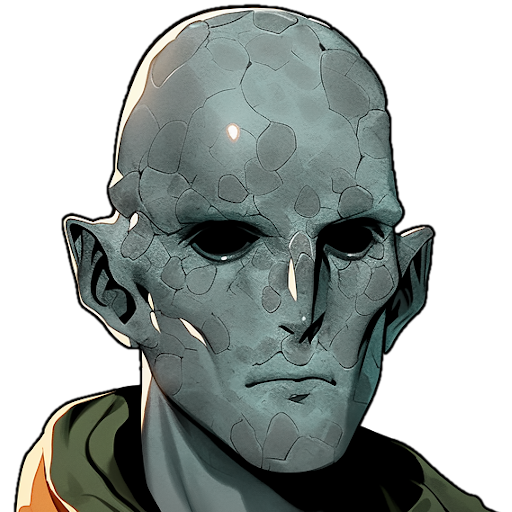




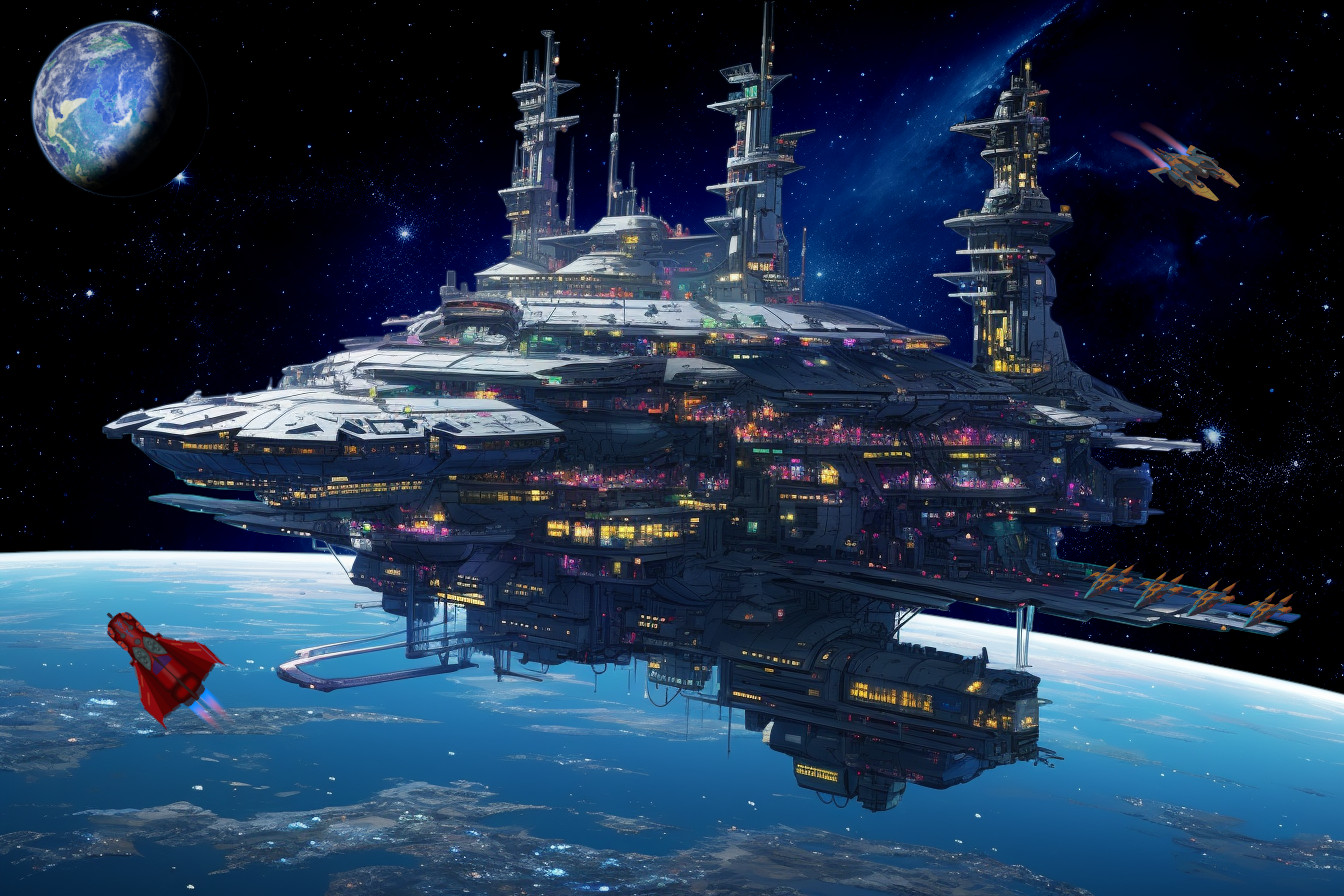

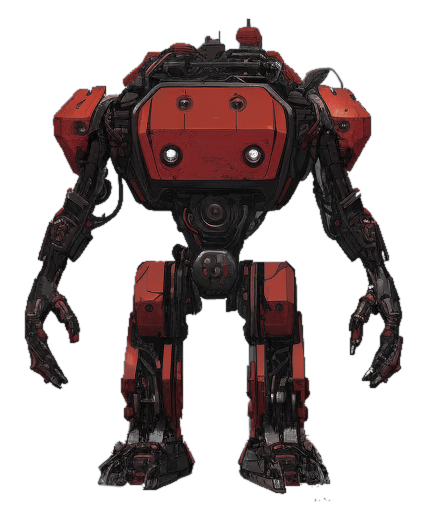
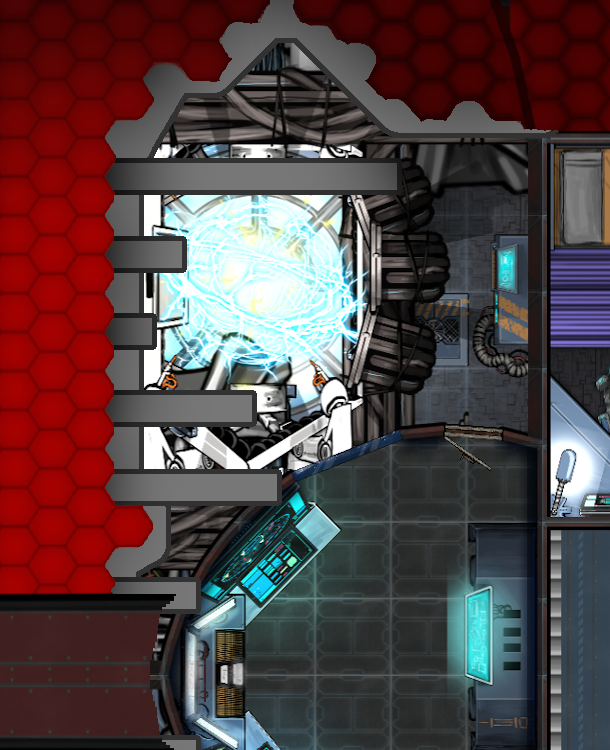
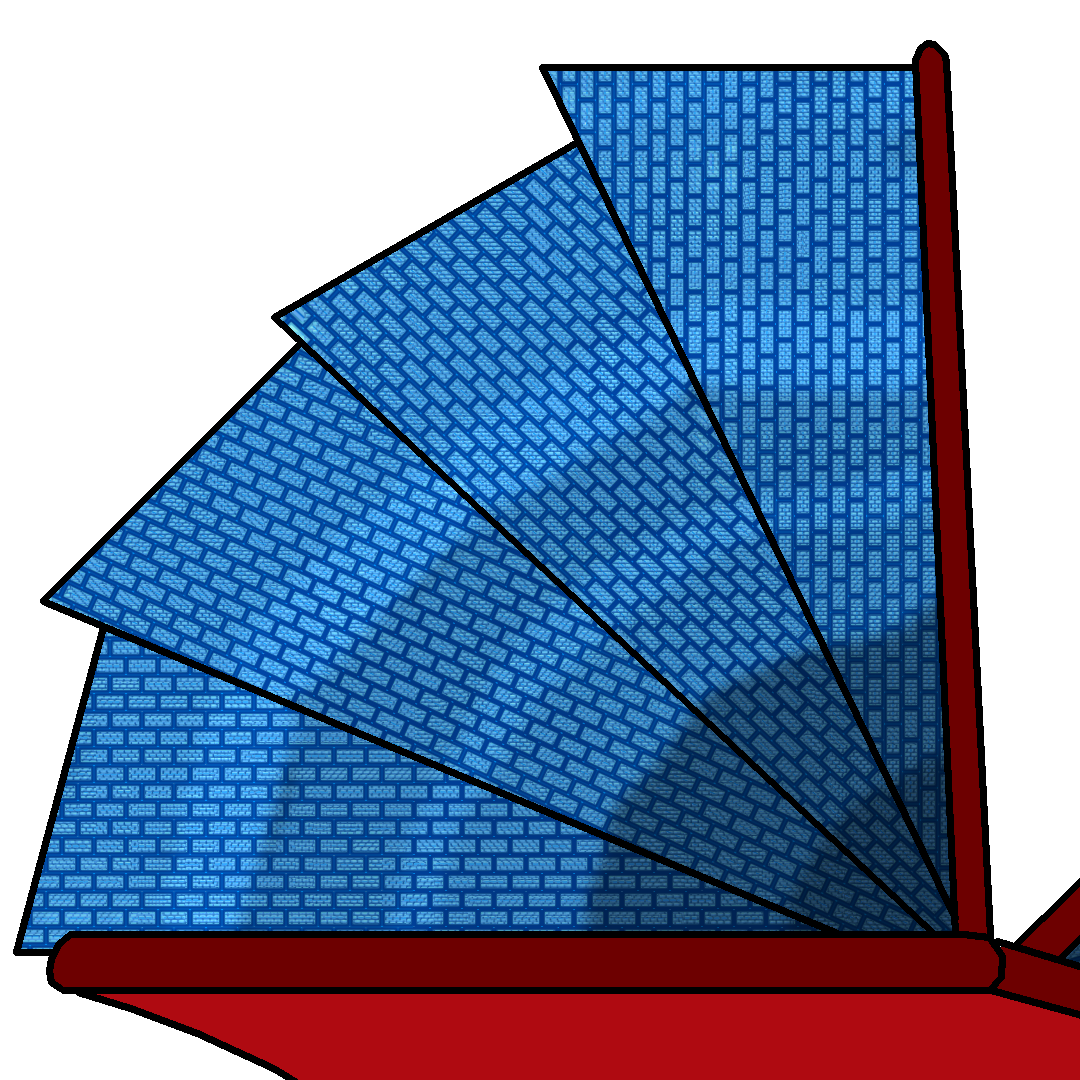
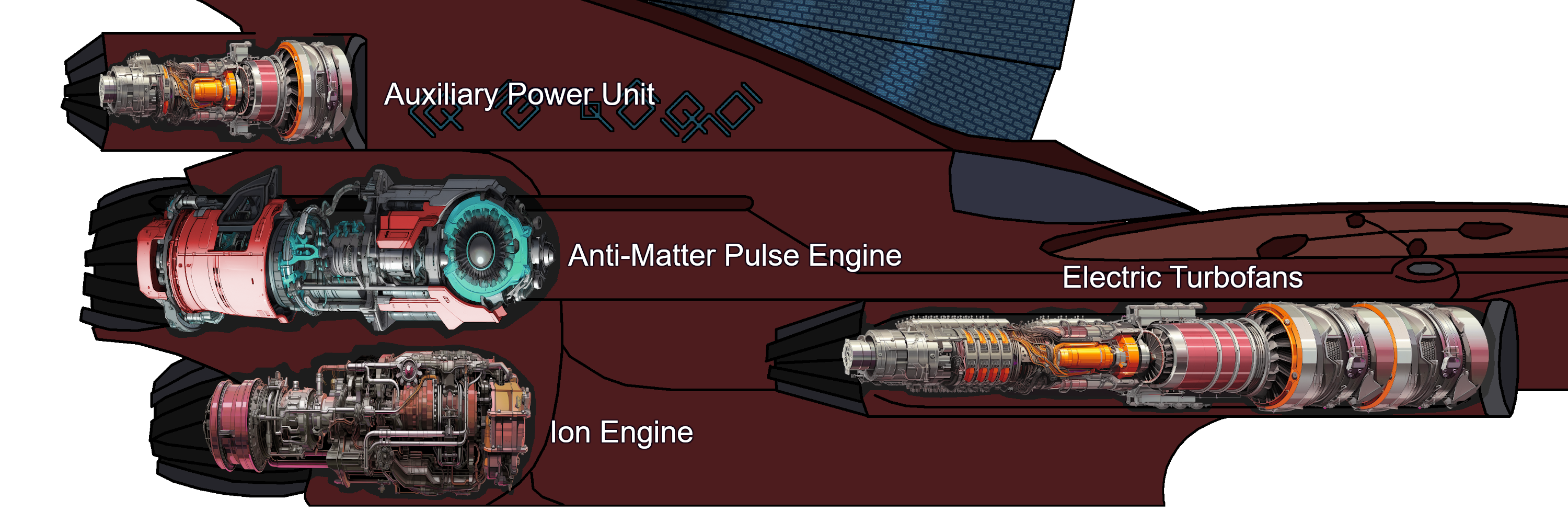
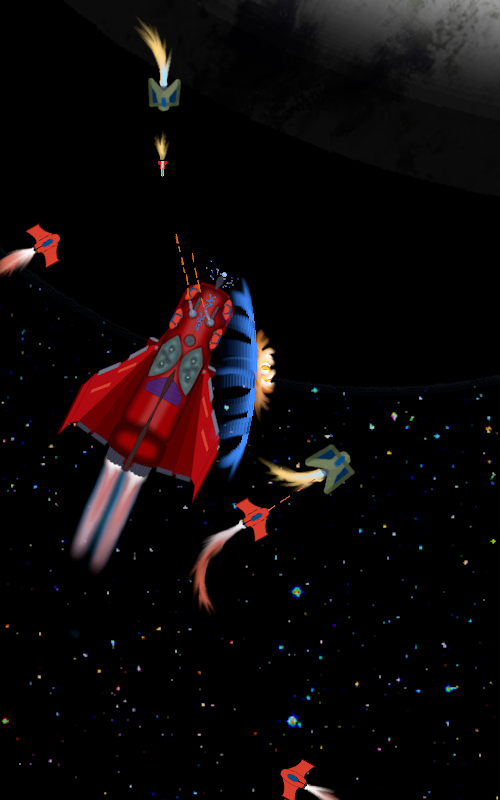
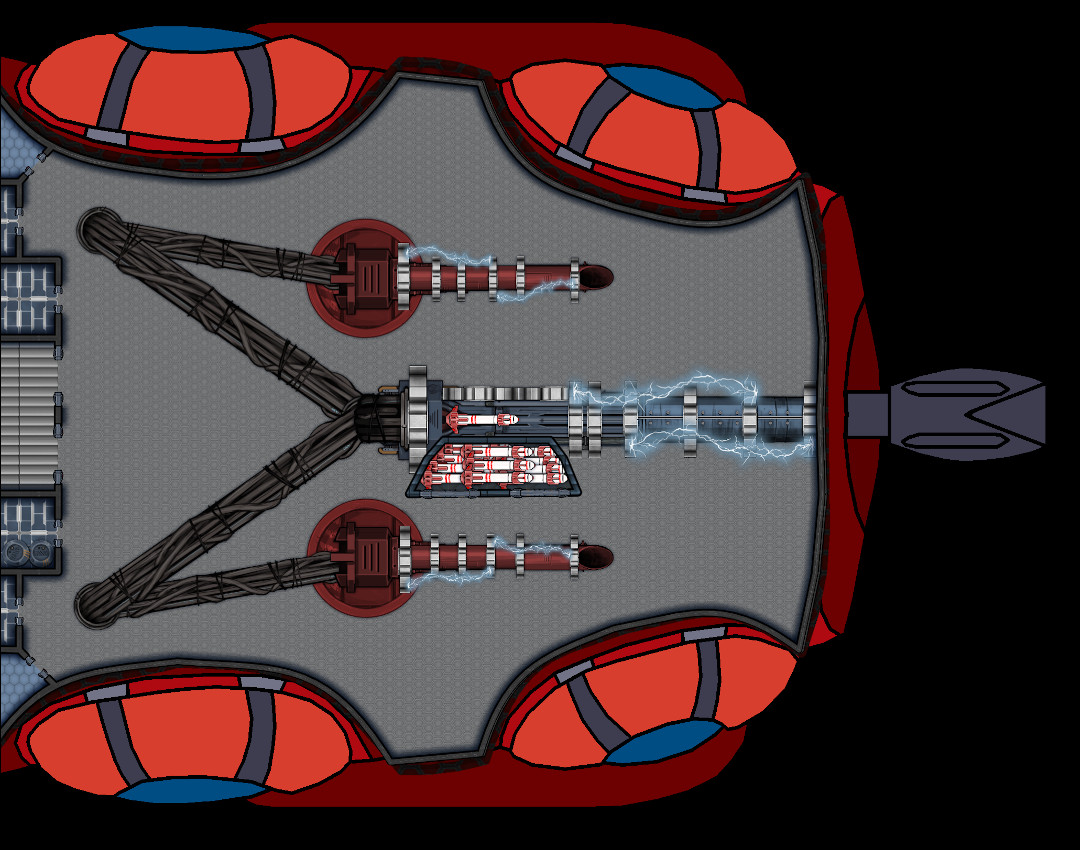

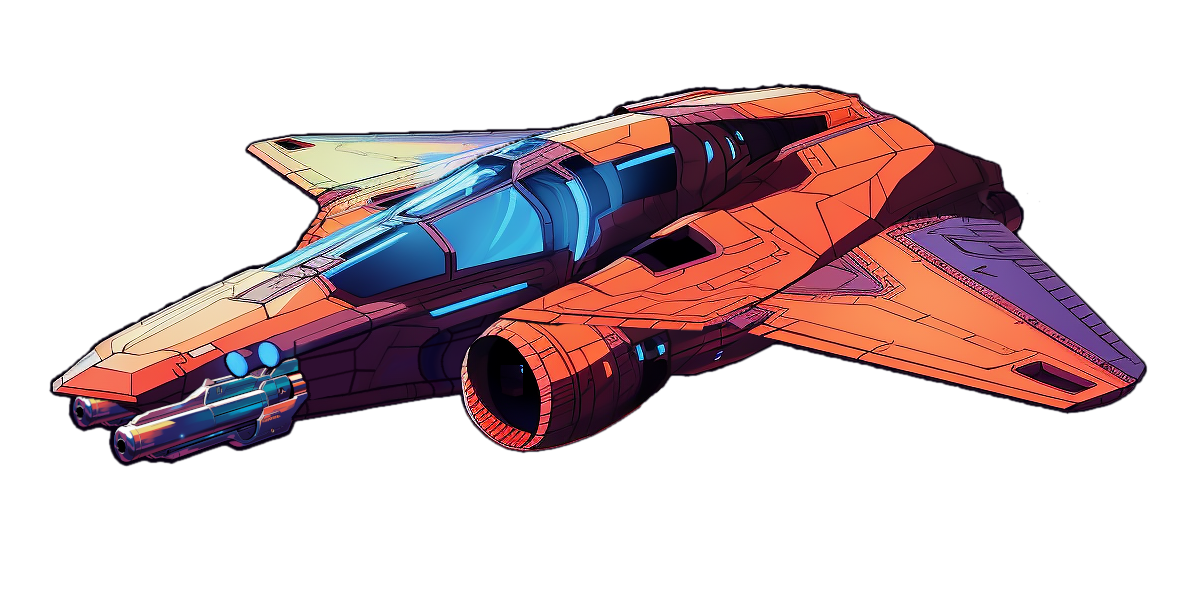
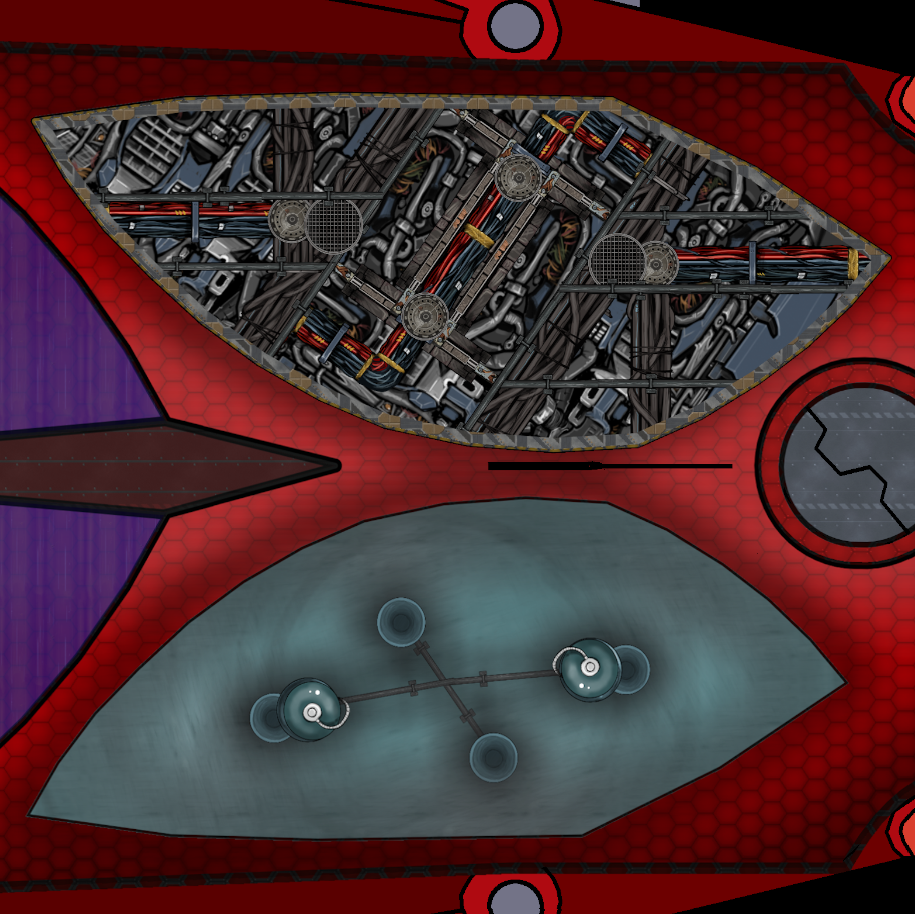

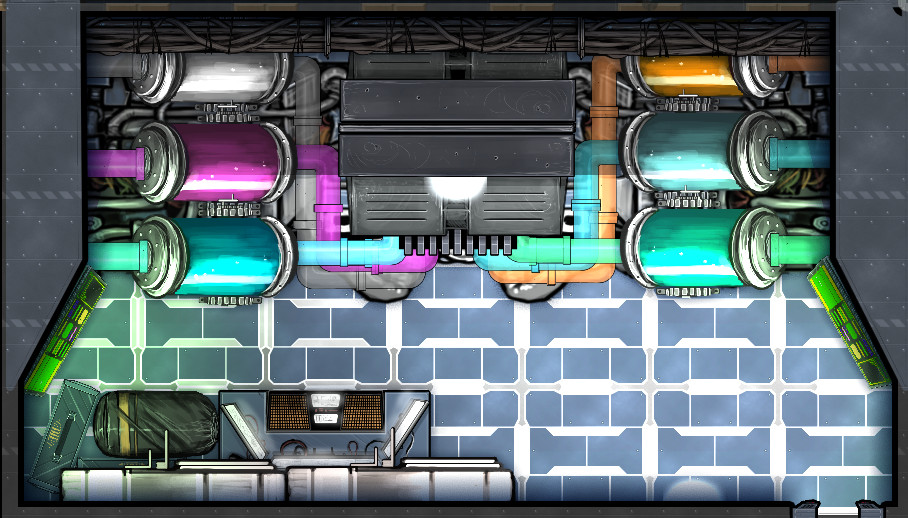

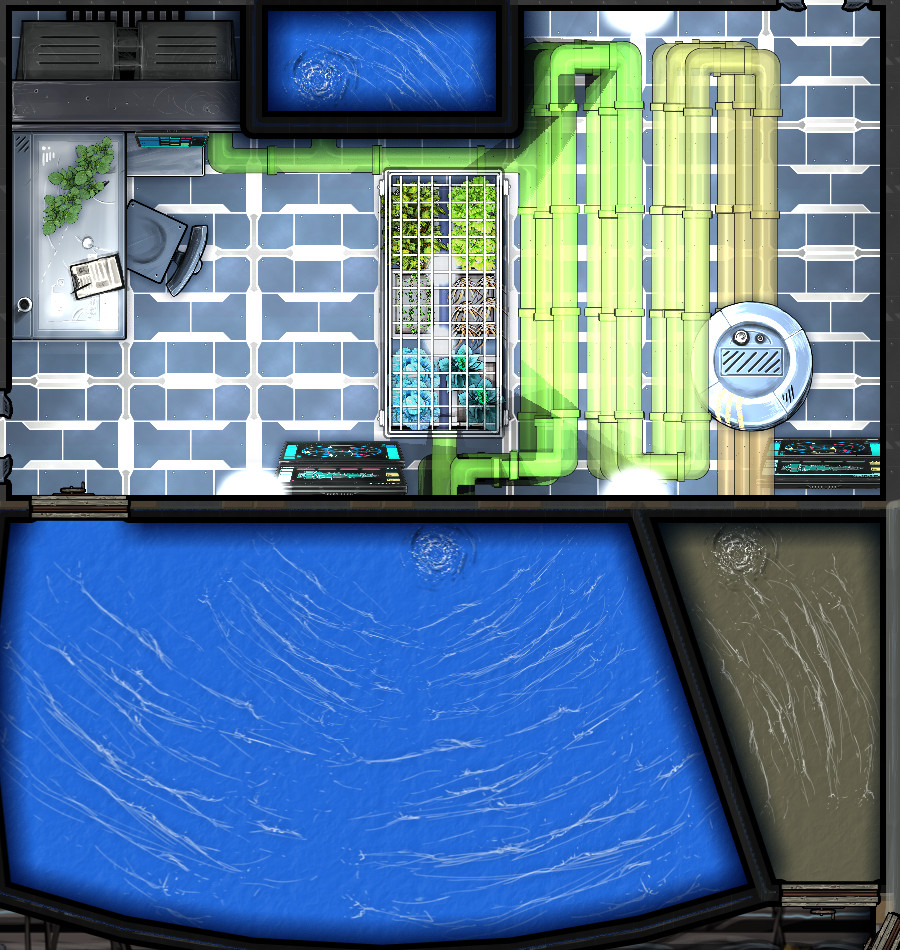

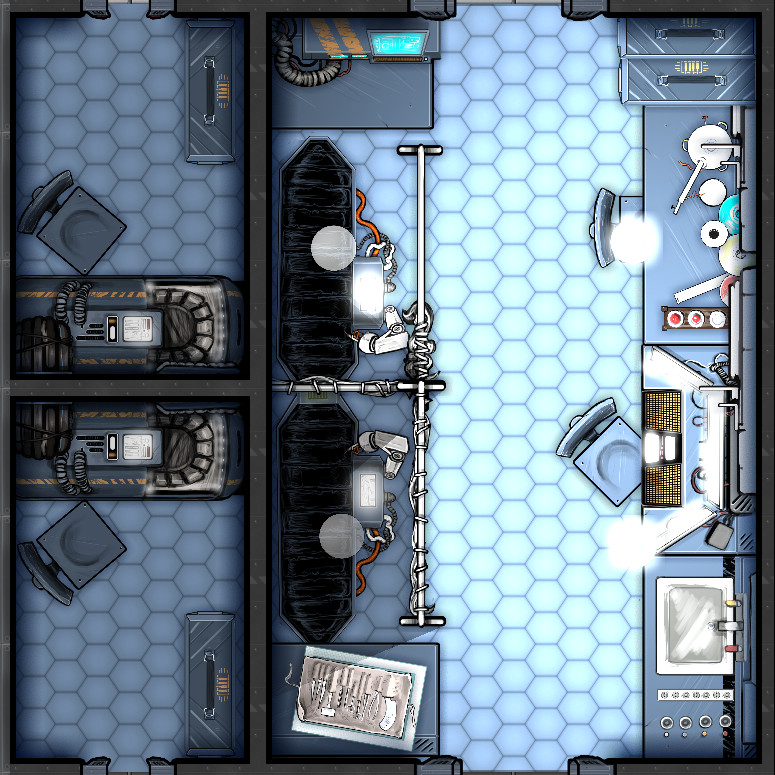
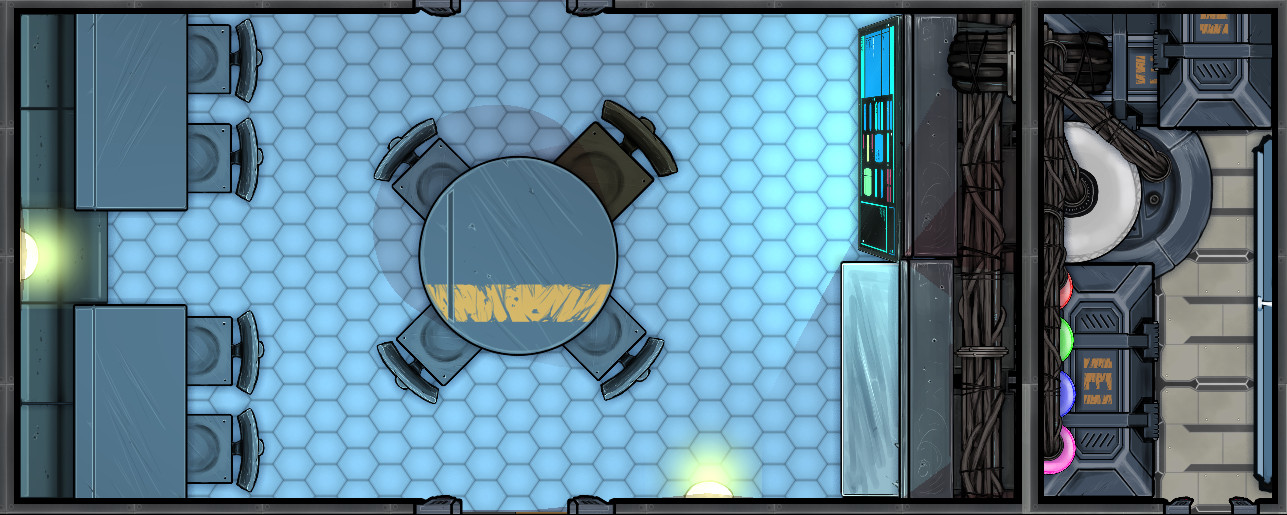
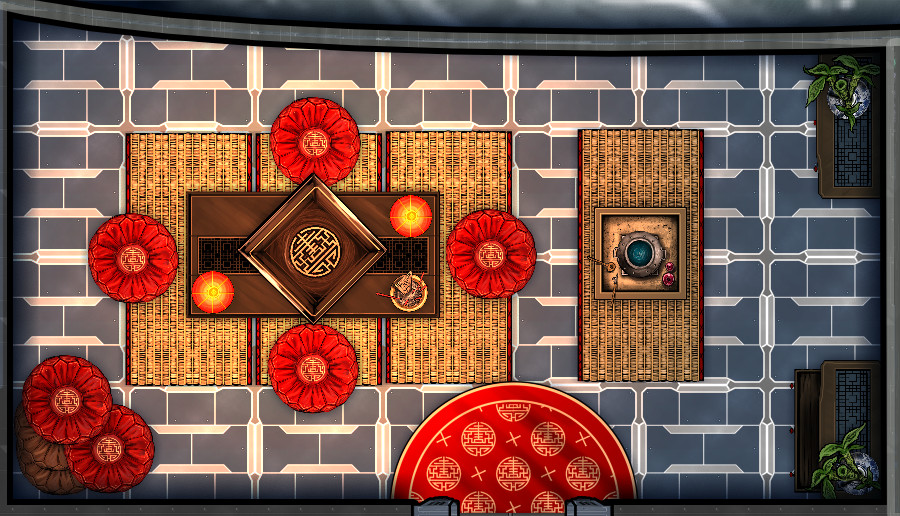







Wow this is a really well thought out article! I love the various types of propulsion and energy used depending on the situation. Kudos also to the fact that you thought about the ship starts decelerating half way. This seems like a very good scientific approach to a spaceship :)
Thanks! My Goal was to keep the ship somewhat grounded in reality, so if it were capable of space and atmosphere flight, I figured it would need to be somewhat airplane shaped like the Space Shuttle was, and have to obey the laws of physics like accelerating halfway and decelerating halfway. Glad you liked it!